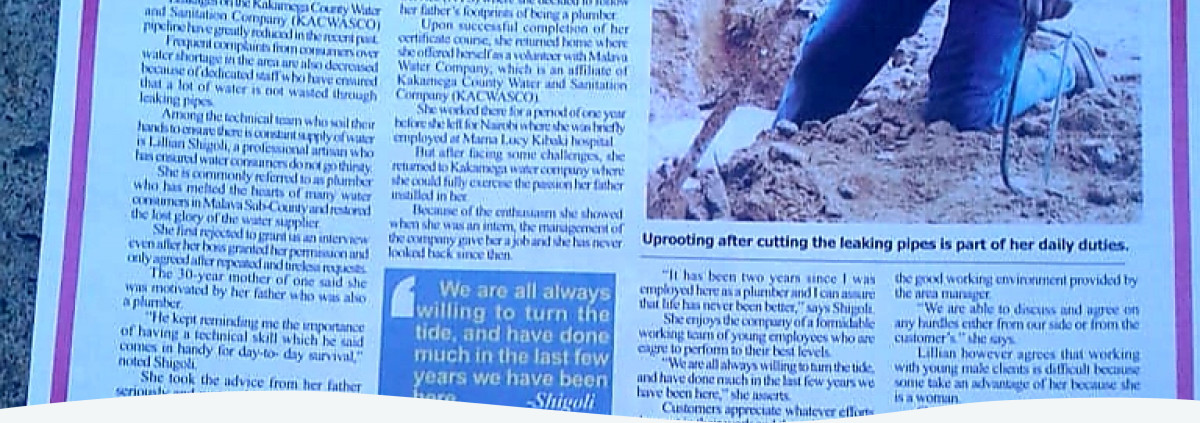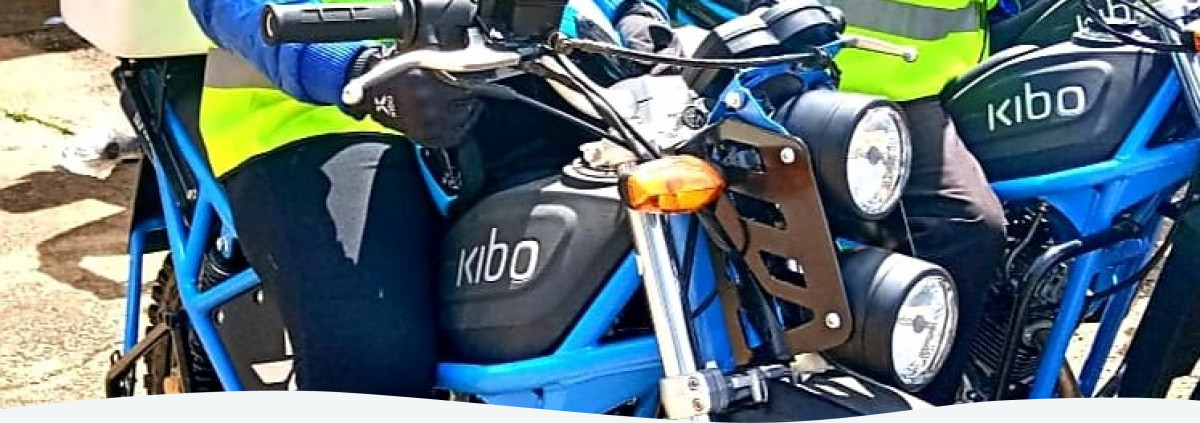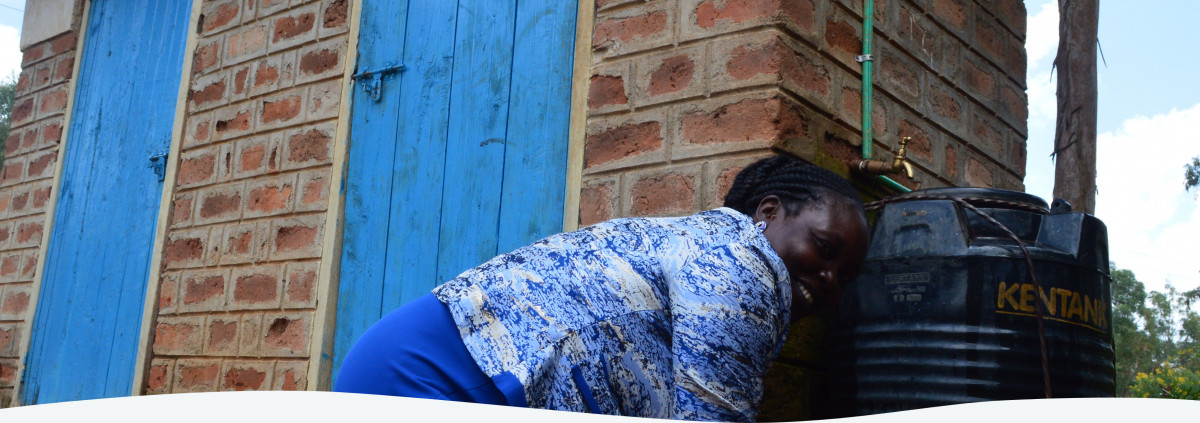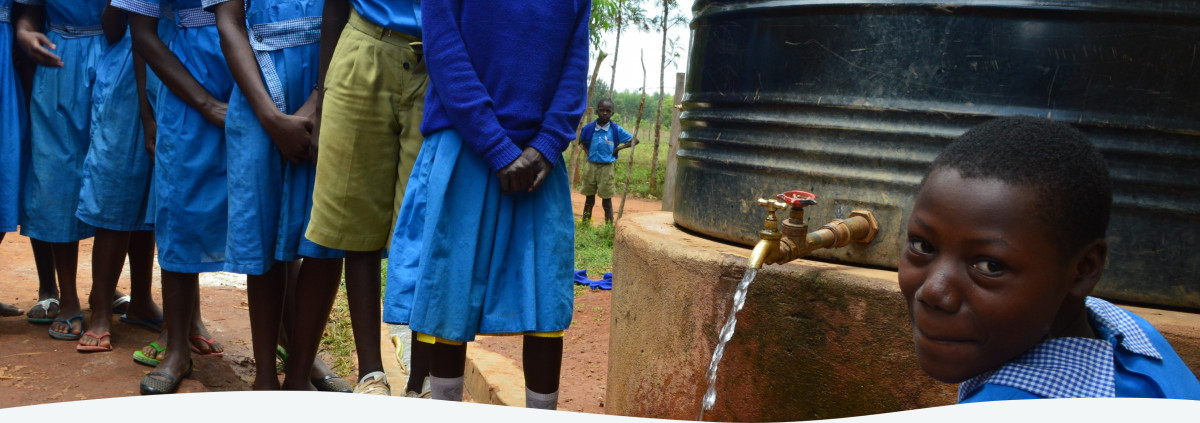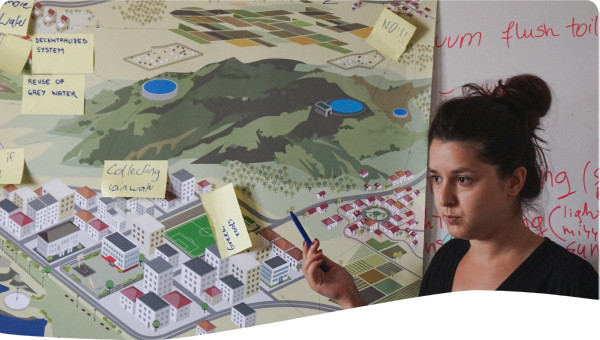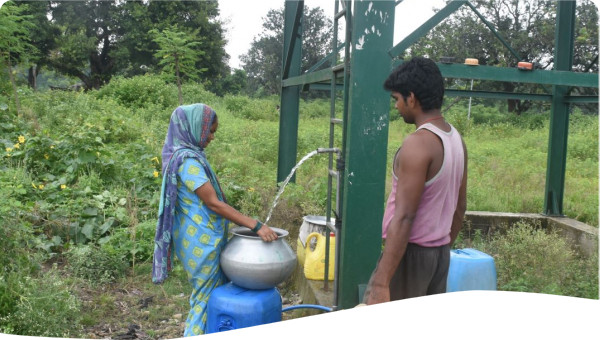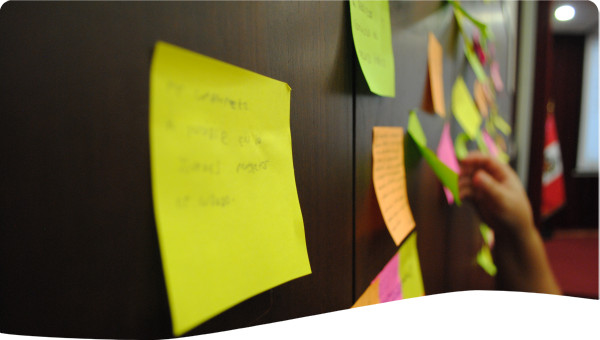The 1992 UN Conference on Environment and Development declared that women play a central part in water resources management and supply. However, at Kakamega County Water and Sanitation Co. few women are able to move from entry level to management level positions, those that did were under represented and paid less. Obstacles to advance to leadership positions were lack of support, qualifications, and geographical mismatches between them and opportunities. Governments play a pivotal role in accelerating a gender transformative water sector. This is a case affirming the supposition that transformation is not the goal in gender and water sector leadership, it should be a way of doing business.
In the article "No empowerment without rights, no rights without politics" it is argued that progress towards gender equality requires a human rights-based approach and support for women's movements. The United Nations has organized five women's conferences since 1975, however, even after 40 years, the water sector continues to face the same gender challenges. According to the World Economic Forum, if progress towards gender parity continues at the current pace, it will take 132 years to close the global gender gap. No country has reached the 'last mile' on gender equality, and complex issues like gender-based violence, gender pay gaps, equal representation in powerful positions, gender budgeting, and climate change remain unresolved.
Kakamega County Water and Sanitation Company Limited (KACWASCO) is one of the largest water utilities in Kenya, serving as the main Water Service Provider (WSP) for Kakamega County, serving 418,738 people. The USAID/Kenya and East Africa (USAID/KEA) US$51 million Kenya Integrated Water, Sanitation and Hygiene (KIWASH) Project aimed to improve lives and health through water resources management, sanitation, and hygiene services in Kenya, including Kakamega County.
According to the World Bank report on Women in Water Utilities, women are significantly underrepresented in management, with one in three utilities sampled having no female engineers and 12% of utilities lacking female managers. Kenyan women play a central role in the provision, management, and safeguarding of water in 80 percent of households without access to water on their premises. Additionally, 49% of women are in the labor force, with 78% of jobs dependent on water.
Despite efforts to close gender gaps in education, female labor force participation remains low due to entrenched cultural norms. Given the high male dominance in KACWASCO's management, female managers faced unique challenges, including resistance, harassment, criticism, micro-aggressions, gender-biased occupational segregation, low compensation for equivalent work, work-life conflicts (related to parental leave, medical cover policies, and a lack of menstrual hygiene facilities), and limited access to finance for customers, which hindered progress toward gender parity.
Gender equality is not only a basic human right but also a fundamental principle of sustainable development. The Constitution of Kenya, Vision 2030, and County Integrated Development Plans (CIDPs) reaffirm Kenya's commitment to gender equity. This commitment is reflected in Article 10. (2) (b) on national values, emphasizing human dignity, equity, social justice, inclusiveness, equality, human rights, non-discrimination, and the protection of marginalized groups, as well as Article 19 on the Bill of Rights. These principles are cascaded into other sectoral policies, including the Water Act of 2016, which protects consumer rights.
The project adopted the Gender transformative approaches to programming for all partnership activities between the USAID-KIWASH Project and KACWASCO to address the power structures that underlie unequal gender relations and norms. This supported creation of interventions that create opportunities for the staff and consumers to actively challenge gender norms, promote positions of social and political influence for women in society, while addressing power inequities between different genders.
The case for change for KACWASCO in gender inequality mattered because: Gender-based occupational segregation especially in the technical department hindered efforts to close gender gaps in their labour force; Gender Biased hiring processes existed; Work-place harassment including sexual harassment; Work life conflict that disproportionally disadvantaged female workers on maternity leaves, child care; Workplace facilities did not cater to women needs where toilets had no menstrual hygiene facilities, breastfeeding points, PPE were designed for men; No workplace committees for women to network, mentor and support each other; Less access to training opportunities infact it was not budgeted for. There were only 2 female managers in the Core Management Team (CMT) yet on acting positions and the Board of Directors had only 1 female out of 6 males against water sector regulations on corporate governance. From customers perspectives, there was no access to finance for new connections and women required title deeds to apply for a new water or sewer connection. On bidding for construction works there were no women awarded hardware contracts.
KACWASCO staff participated in the Workforce Gender Equality Accelerated Program by USAID. KACWASCO staff and its customers identified gender equality gaps within the Water Utility, developed a business case that demonstrated how gender equality will benefit their bottom-line; took targeted, tangible, and strategic action grounded in assessment, to improve gender equality for KACWASCO; strengthen leadership and change management skills and exercise more influence to create an equitable and diverse workplace and effectively engage other male and female leaders within their organization in support of desired change. The approach was pegged on SDG 5 on Gender Equality, SDG 6 on Clean Water and Sanitation for All, SDG 10 on Reduced Inequalities and SDG 17 on Partnerships for the Goals. It targeted women as Staff, Consumers, Water Catchment Protection managers and Service Providers.
Identification of key actions to support women was done through a Utility-wide gender analysis to set up a bold roadmap. The World Bank methodology in addressing gender issues in water service providers were applied as well including:
- Fixing the Leaks: Retaining Female Talent in KACWASCO through a robust internship and entry level mentorship program;
- From Trickle to Stream: Partnering with academic and research institutions to Attract Female Talent to the Water Sector including local universities, polytecnics and vocational institutions;
- Breaking the Glass Ceiling: Promoting Women’s Leadership in KACWASCO especially at mid-level management, C-Suite and Board of Directors;
- Analyze gender aspects during the preparation and appraisal stage of tenders; this turned to gender-responsive policies, bidding documents and contracts; Integrate Women-Owned Businesses in the Supply Chain and Utilize meaningful performance indicators to monitor and evaluate actions designed to narrow gender gap and lastly we ensured we documented the process through periodical reports and celebrated success.
KACWASCO put in a number of measures to promote gender equality; creating awareness on the role of gender equality in improving KACWASCO's performance on minimum service levels, commercial viability and credit worthiness supported buy in from the staff, consumers and partners.
Overall female staff increased from 18% in 2015 to 45% in 2021 with water coverage increasing in urban areas from 239,964 to 345978 and in rural areas from 560,274 to 1,205,47.
Policy Outcomes: The senior staff were trained on gender equality to ensure they are adequately skilled to cascade the same to their teams and customers. Institutionalisation of the first gender policy and entrenchment in all operational and departmental policies and strategies in KACWASCO was also done. A Gender Committee was set up that has seen the establishment of an alcohol and drugs committee and HIV/AIDS Committee for staff. Establishment for partnerships with Ministry of education to provide internship opportunities and hold career talks, apprenticeship for learning institutions and participation at career fairs.
Customer Experience: KACWASCO scrap using Title deeds for new water and sewer connections as most women did not have the document due to cultural barriers. Partnerships with Sectoral actors like Water Sector Trust Fund provided women with access to finance to build toilets and manage them in Low Income Areas.
Human Resources: A Safe work environment was established where water workers thrive. Gender sensitive and localised hiring and procurement processes adopted and first female contractors qualified. Adoption of the Work Injury Benefit Act (WIBA) for occupational health matters and medical cover for all employees. Digitalisation and automation of processes including adoption of mobile meter reading, HDPE pipes, GIS systems, acquisition of motor bikes for better mobility as service area is too large to move on foot. Harmony and unity of purpose that has improved service delivery, customer satisfaction, revenues and overall utility performance.
Partnerships and Sustainability: KACWASCO was able to partner with various women's group including Women in Water Association, Maendeleo ya Wanawake, County Women representative and Water Resource Users Associations led by women and youth to implement IWRM activities. Female staff got training on management skills and these groups helped support more women and youth get connected to safe water to enhance their businesses through part payment schemes with KACWASCO. Indeed, partnerships with women's and youth group were important for their success
Access and availability of updated and disaggregated data. To foster water policies that are truly gender-transformative, high-quality, timely and reliable data disaggregated by gender, and other characteristics is key. The Index should be updated through 2030 to support CSOs, and advocates to guide and drive policy, law and budget decisions to meet SDG6 commitments to achieve gender equality.
Anchor all interventions in policies and laws. Local governments perform best on the gender equality-related issues in water sector thus they should be the primary beneficiaries of additional funding allocation and policy change.
Importance of partnership (at all levels) and building a strong coalition. This creates avenues for better and more sustainable financing; increase the demand for water sector gender data; deliver new sources of data and encourage a county-driven/led govt led approach.
 Case studies
Case studies